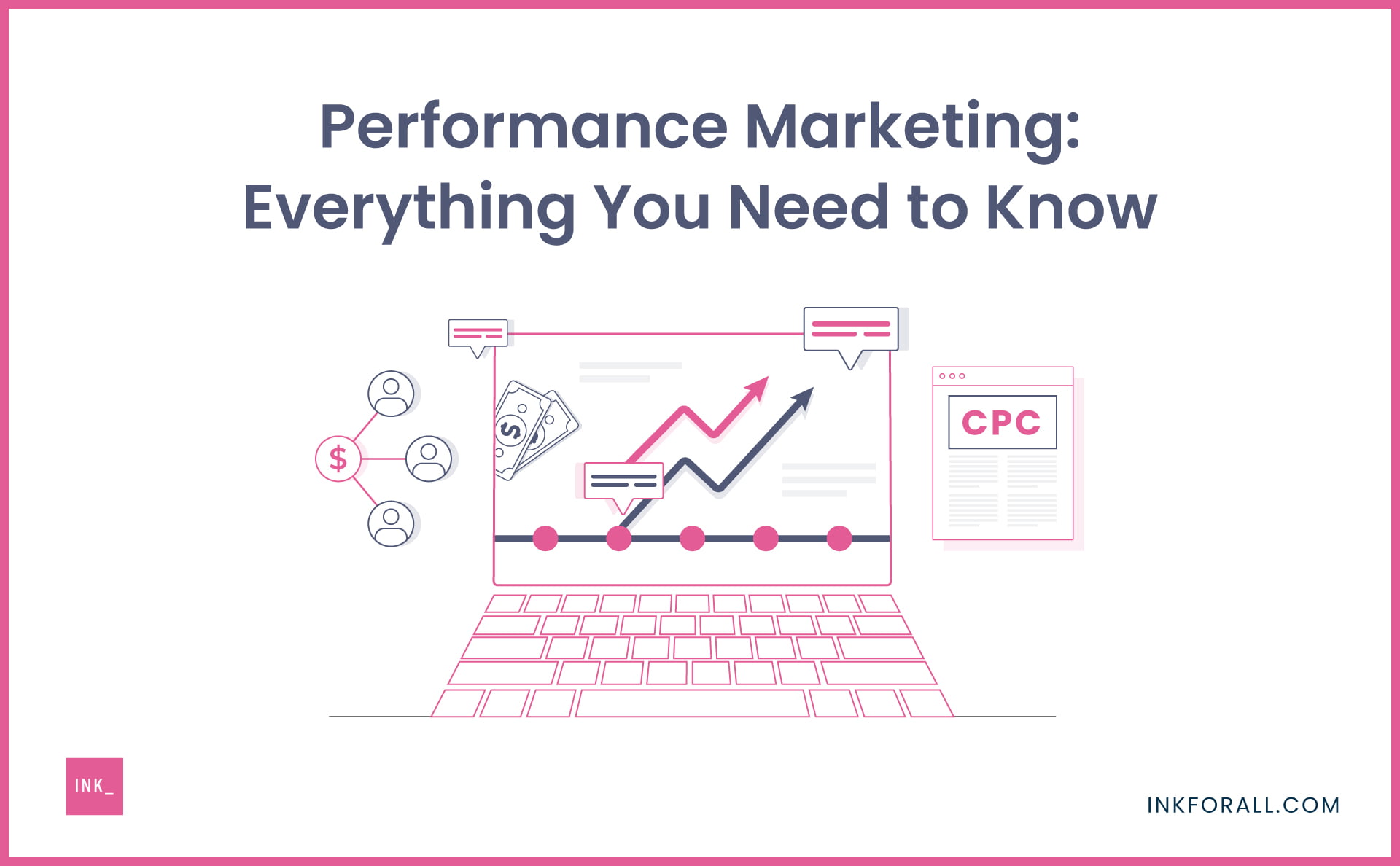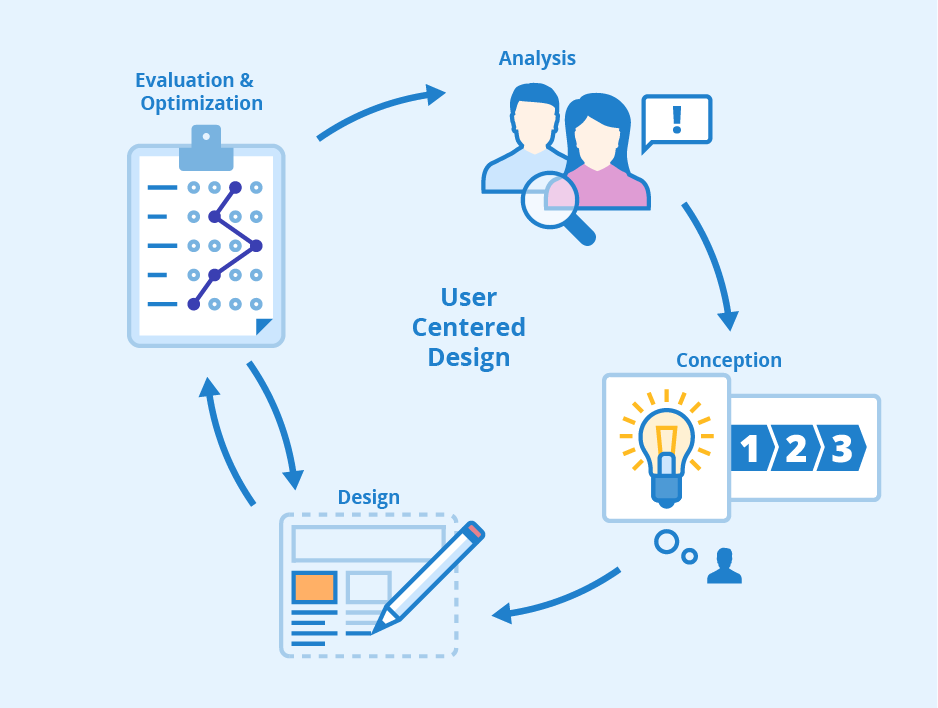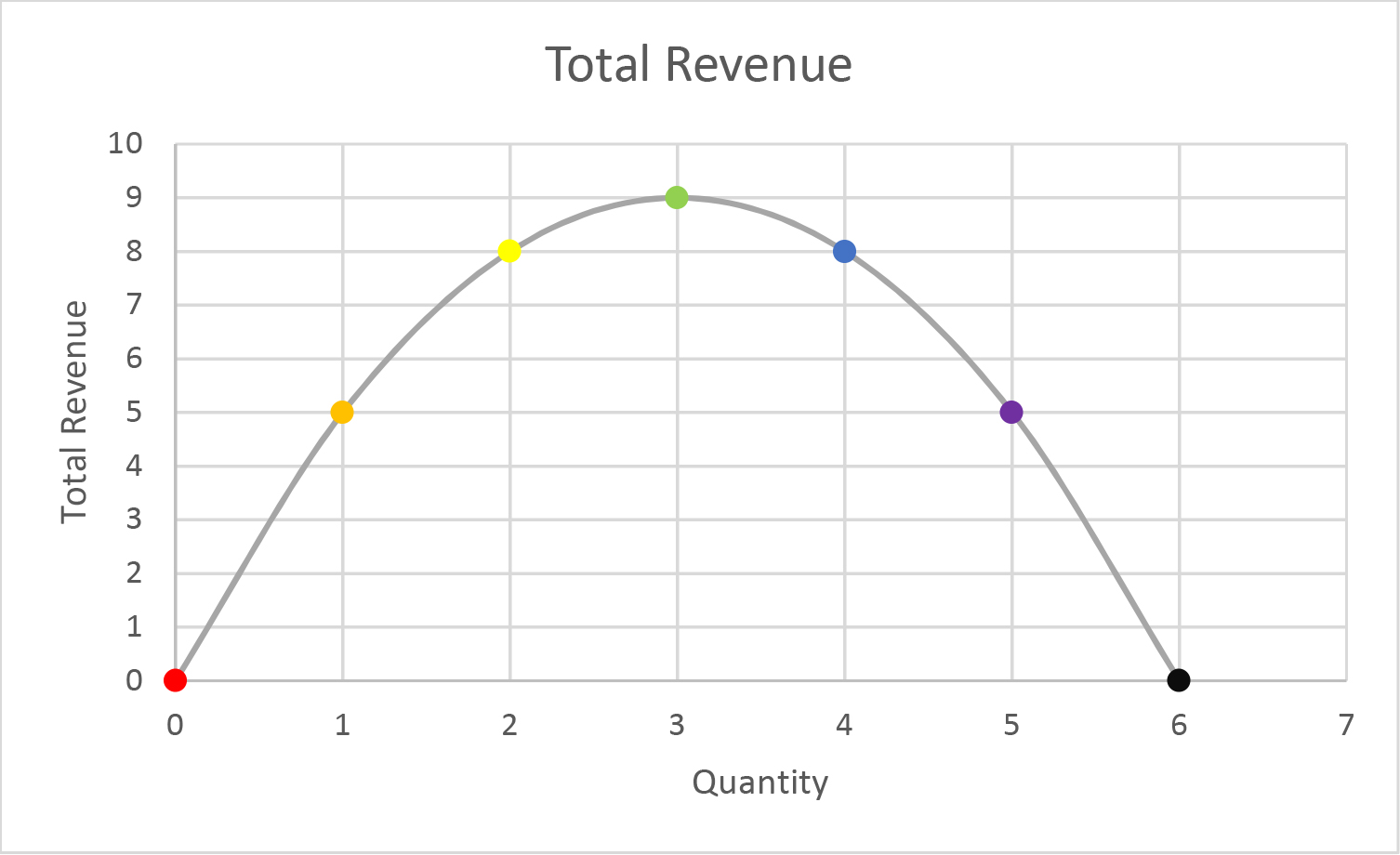Numerous factors come into play in the realm of call centers. This prompts businesses to depend on a limited set of basic outbound call measurements. Regrettably, this approach can cloud their understanding of the situation. This may lead them to make decisions founded on flawed or inadequate data. To avoid this, we have listed a comprehensive guide to Key Performance Indicators.
The Connection Between Key Performance Indicators and Analysis

To effectively steer your call center towards growth and profitability, it is crucial to regularly measure and comprehend your Key Performance Indicators (KPIs). This holds true regardless of the dialing mode employed, be it a predictive dialer, power dialer, or any other method.
Certain call center performance metrics necessitate real-time daily monitoring, while others warrant a longitudinal analysis. Historical metrics provide insights into trends spanning various timeframes, such as a day, week, month, or quarter. For instance, some metrics should be observed continuously throughout the day, averaged over time, and in correlation with the Number of Sales/Transfers/Conversions and Number of Calls. Determining the appropriate KPIs that align with your unique operations, such as Lead to Transfer Rate (if transfers are involved), may require customizing reports with tailored filters.
Now, let us delve into some fundamental outbound call center metrics utilized by highly successful operations. Regardless of the scale, whether an enterprise or a 25-agent business, and whether the call center operates in a physical office or virtually, the key lies in leveraging data analytics. While not an exhaustive compilation, the following results-driven Key Performance Indicators equip you with the tools to enhance outbound dialer metrics and agent performance, all of which can be conveniently monitored through a customizable dashboard. Finally, we will conclude by recommending a selection of versatile KPI reporting tools.
The Lead Key Performance Indicator

Leading contact centers that excel in their field prioritize evaluating their cost per acquisition (CPA) at the level of lead vendors and assessing the revenue generated from those leads. Unfortunately, many contact centers fail to measure CPA comprehensively and rely solely on a cost-per-lead (CPL) perspective. Consequently, they need a holistic understanding of the situation to make strategic decisions regarding their call center operations. To optimize lead efficiency, the most effective approach involves persistent monitoring of real-time reports. These Key Performance Indicators provide detailed insights into specific and active lead metrics. When determining the cost per acquisition, key factors are your agents, leads, and dialer expenses. Furthermore, analyzing the ROI hourly for both agents and lead sources is essential by breaking down the data at the individual lead source level.
CPA (Cost Per Acquisition)

Your Cost Per Acquisition (CPA) measurement offers a comprehensive overview of the expenses related to lead conversion. This makes it a pivotal Key Performance Indicator for your outbound call center. CPA is a gauge for evaluating the total cost incurred to secure a specific acquisition, whether a lead sold by agents or a billable lead transferred to clients.
By comprehending this metric, you gain several advantages:
- Obtain clear insights into opportunities for cost reduction and savings.
- Optimize your call center’s return on investment (ROI) by making informed decisions.
- Consolidate and evaluate various activities of your call center through a single, straightforward metric.
- Calculate the lifetime value of each acquisition, determine marketing costs, and forecast expected profits.
Understanding your CPA empowers you to make data-driven decisions. You can also capitalize on cost-saving measures and maximize the efficiency and profitability of your call center operations.
Connection Rate

The Connection Rate metric provides valuable insights into the effectiveness of leads. It offers a concise and immediate snapshot of performance, focusing on daily calls made to leads. To calculate the Connection Rate, divide the number of calls answered (including voicemails) by the total number of calls placed. For instance, if 25 calls were answered out of 100 calls dialed, the resulting Connection Rate would be 25%. This Key Performance Indicator enables call centers to gauge their success in establishing connections with leads and provides a valuable indicator of daily performance.
Lead Conversion Rate

The main focus of this metric revolves around determining the number of calls required to secure a sale. It measures your call center’s conversion rate, representing the percentage of calls or leads that result in a successful sale or transfer. A low conversion rate can lead to higher costs per lead and significantly impact your company’s overall revenue.
To effectively track this Key Performance Indicator, real-time reporting is essential. It enables you to monitor the performance of your call lists, allowing you to make strategic decisions regarding data management throughout the day.
To improve your Lead Conversion Rate, several effective strategies can positively impact both Connection and Contact Rates:
- Optimizing Dial Time-outs: Adjusting the duration of dial time-outs can help ensure timely connections with leads, increasing the chances of successful conversions.
- Implementing Dial Level Scheduling: By strategically scheduling dialing levels, you can align your call center’s activities with peak times of lead availability, maximizing the potential for successful interactions.
- Enhancing Carrier Quality Monitoring and Management: Regularly monitoring and managing the quality of carriers and communication channels can help minimize call disruptions and improve overall call center performance.
- Utilizing Recycle Logic Tools: Automated workflow dialing, along with other innovative tools like recycle logic, can improve lead engagement by intelligently managing call retries, ensuring a higher chance of connecting with potential customers.
By implementing these strategies, you can optimize your call center’s efficiency, improve lead conversion rates, and ultimately drive greater success in your sales and transfer processes.
Lead Response Time

For many contact centers and sales organizations, promptness in responding to leads often referred to as the “speed to lead,” holds paramount importance as a vital outbound call metric. This metric gauges the duration between a lead’s opt-in and entry into your pipeline to the moment you initiate contact.
In most cases, these Key Performance Indicators should be measured in seconds, recognizing the significance of each passing moment. Particularly for online leads, their window of opportunity could be much longer-lived. Waiting too long, exceeding even a brief five-minute timeframe, can result in missed chances for sales or conversions.
To optimize the speed to lead, it is essential to leverage a dialer software solution. Choose a program that seamlessly integrates with your sales and lead generation processes. This software can intelligently prioritize your freshest and most promising leads. It ensures they swiftly ascend to the forefront of the queue as soon as they enter the system. By establishing such integration, you empower your team to take prompt action. They can also engage with leads at the earliest possible moment, thereby maximizing the potential for successful outcomes.
List Key Performance Indicators

In the realm of data-driven marketing and sales strategies, Key Performance Indicators (KPIs) play a crucial role in evaluating the success and effectiveness of various initiatives. Regarding outbound call centers and sales operations, one specific set of KPIs that deserves attention is List KPIs. These metrics allow organizations to closely monitor and analyze data performance based on individual lists and their respective sources. By leveraging List KPIs, businesses can make informed decisions to optimize their campaigns, increase conversions, and drive revenue growth.
Contact Rate

The contact rate metric is a vital Key Performance Indicator in assessing the quality of lead lists and evaluating the overall performance of your campaigns. It provides crucial insights into whether your agents and software effectively connect with the appropriate leads at the optimal times.
The contact rate is calculated by determining the percentage of leads successfully reached out of the total number of leads. This is achieved by dividing the number of live person contacts by the total leads on the list. For instance, if 20 individuals are reached out of a list of 200 leads, the resulting contact rate would be 10%.
A higher contact rate allows your agents to allocate their time and efforts more productively. They can do this by engaging with the right individuals, particularly those associated with higher-quality leads. By optimizing your dialer’s capability to connect with fewer leads while delivering the same number of qualified prospects to your agents, you can reduce costs while achieving equivalent results. This positive impact contributes to your bottom line and overall profitability.
Average Talk Time

Agent talk time is an important metric that is often discussed when evaluating agent productivity in the realm of Agent Key Performance Indicators. However, examining the average talk time specific to a list during a campaign is equally essential. By consistently monitoring this metric, you can identify instances where talk time exceeds the average, prompting further investigation. It becomes crucial to analyze the corresponding conversion rate. If the conversion rate is high, it may justify the extended talk time and even be deemed necessary. However, let us gain insights from Heather Griffin, Senior Vice President of Inside Sales at Momentum Solar, on the matter:
“When it comes to costs, opportunity costs take precedence. We have various expenses, including payroll, overhead, and telephony. If I spend considerable time engaging in conversations that do not result in sales, it implies a significant waste of payroll resources.”
Crafting a well-written sales script can be pivotal in keeping your agents focused and guiding conversations effectively. Outbound call centers achieve higher lead conversions when their agents possess the knowledge and capability to deliver the right message at the right time.
Total Revenue

Adopting a comprehensive approach when assessing the revenue value associated with different data sets is crucial.
Consider the following scenario: You invest $1000 in a list that generates $15,000 in revenue from 100 leads, resulting in $150 per lead in revenue. On the other hand, another $1000 list generates $30,000 in revenue but requires 400 leads. In this case, the revenue per lead drops significantly to $75. It is essential to factor in the cost of your agents’ time, considering their hourly pay rate and the time invested by your managers. By considering these factors, you can obtain a more accurate representation of the total revenue. This analysis enables you to discern where you should allocate your time. Key Performance Indicators also help in assessing where you should make future investments as your lists’ true value, and leads become evident.
Profit and Loss

Utilize a List Conversion Report as a powerful Key Performance Indicator to evaluate the profitability of your call center lists within a specific period. This report allows you to assess the financial performance of different lead sources and agents associated with each list. By combining revenue, billable hours, and the number of dials, you can gain valuable insights into the raw performance. It also helps businesses keep updated on the trends within specific lead sources.
To effectively determine the profit or loss of your data, your list conversion tool should handle essential computations. These computations include calculating the revenue per hour by dividing the total revenue by the estimated billable hours. Furthermore, you need to consider agent costs. You can determine this by multiplying the billable hours by the agent cost per hour. The total cost encompasses both the agent and lead costs, along with any additional minute costs. Finally, you can calculate the profit by subtracting the total cost from the revenue.
In addition to these computations, your list conversion tool should provide the ability to generate reports from different list sources, such as the Called List, Current List, or Original List. These sources reflect the origin of your leads and allow you to gauge the revenue generated and the quality of the leads associated with each list.
Agent KPI

Gaining insights into agent productivity begins with monitoring objective metrics consistently and over some time. These metrics provide tangible data that reveal the top-performing agents, identify individuals who may require additional training or coaching, and recognize instances when someone may be experiencing a temporary decline in performance (unless it can be attributed to the quality of the data, which is why we also track list Key Performance Indicators concurrently).
Talk Time

Extended talk time on a call can contribute to a successful sale or transfer in certain situations. Monitoring the duration of conversations provides insights into whether the length is attributed to the necessary time for conversion or if the agent is deviating from the intended focus.
If calls are consistently exceeding optimal durations, it may be beneficial to streamline your script. Implementing a call center solution equipped with dynamic scripting capabilities allows agents to follow a structured and coherent conversation flow. This Key Performance Indicator addresses common questions, highlights potential challenges in a sales call, and guides agents toward becoming more effective and efficient in their interactions. By utilizing such a tool, agents can stay on track while providing a seamless customer experience.
Wrap-Up Time

Commonly referred to as ACW (After Call Work), monitoring this metric for individual agents and the overall team daily and over an extended period is essential. Analyzing this data enables you to identify opportunities for streamlining and reducing the time spent on such tasks.
The minutes allocated to assigning dispositions, taking notes, and performing other manual duties after a call accumulates over time. These minutes translate into tangible costs for your operations. Each minute spent on these tasks is time that could have been utilized for making additional calls, disrupting the calling rhythm that drives agent productivity. By automating these Key Performance Indicators, you can significantly enhance productivity, allowing your agents to allocate their time more efficiently and effectively.
Wait Time

The pause or rest time between calls is a significant metric to monitor. Our valued customer, Michael Velardi, recently discovered that by slightly increasing the interval between calls for agents, their overall productivity improved while avoiding excessive dialing. Striking the right balance is crucial and may vary depending on the unique requirements of your operation. Ensuring agent productivity is essential. We recommend tracking this metric and fine-tuning the wait time of your predictive dialer. This is essential to find the optimal sweet spot. By consistently analyzing this data, you can optimize the call pacing for your agents. It is also effective to achieve a harmonious equilibrium between efficiency and effectiveness.
Calls Per Agent

The Calls per Agent metric serves as an indicator of agent productivity and task focus. This becomes particularly challenging in a remote contact center setup where agents work from home. To effectively manage the productivity of your at-home agents, it is crucial to leverage agent monitoring tools. You can then use real-time analytics provided by your cloud-based dialer.
To enhance the Calls per Agent Key Performance Indicators, your system should offer various capabilities. This may include agent performance monitoring, workflow automation, communication channels (e.g., broadcast messaging and listen & whisper), break request and time clock management, and auto logouts for pause codes.
Supporting your agents’ success through system features can greatly boost their motivation. Ensure your agents can access tools that streamline the calling process and automate tasks. Intelligent dynamic scripting can streamline calls and improve conversions. Customizable dashboards provide personalized insights. Workflow dialing simplifies operations. One-click to next call or transfer (Quick Dispo) save time and maintain a smooth calling rhythm.
If your agents consistently make calls, but the Calls per Agent metric remains low, the issue might lie with your dialer system. While automated dialing is common nowadays, optimizing your dialer for maximum efficiency is essential. You can achieve this by automatically resetting the list. You can also find the ideal balance for predictive dial levels, ensuring optimal dialing performance.
Conclusion

A customizable cloud-based contact center software offers the flexibility to tailor reports according to your specific requirements. It enables you to access metrics effortlessly by utilizing filters, fields, and breakdowns, allowing for insightful analysis.
Effective reporting tools empower you to swiftly identify the performance of lists, lead sources, and agents. By leveraging a comprehensive set of filters, you can define the reporting criteria that provide the necessary information to meet your needs. This capability ensures that you deeply understand the Key Performance Indicators influencing your contact center’s success.



This is a topic that is near to my heart… Many thanks!
Exactly where are your contact details though?
Here is my web blog :: nordvpn coupons inspiresensation
I believe what you said was very logical. However, what about this?
what if you wrote a catchier post title? I am not suggesting your information is
not good, but suppose you added a title that grabbed folk’s attention?
I mean Key Performance Indicator to Track for Your Outbound Call Center | is a little boring.
You should peek at Yahoo’s home page and note how they
create post titles to grab people to open the links.
You might try adding a video or a related picture or two to
grab readers interested about everything’ve got to say. Just my opinion, it could make your
posts a little bit more interesting.
Here is my web blog; nordvpn coupons inspiresensation
Thank you, I have just been searching for info about this topic
for ages and yours is the best I’ve found out till now.
But, what concerning the bottom line? Are you positive in regards to
the supply?
My web page eharmony special coupon code 2025